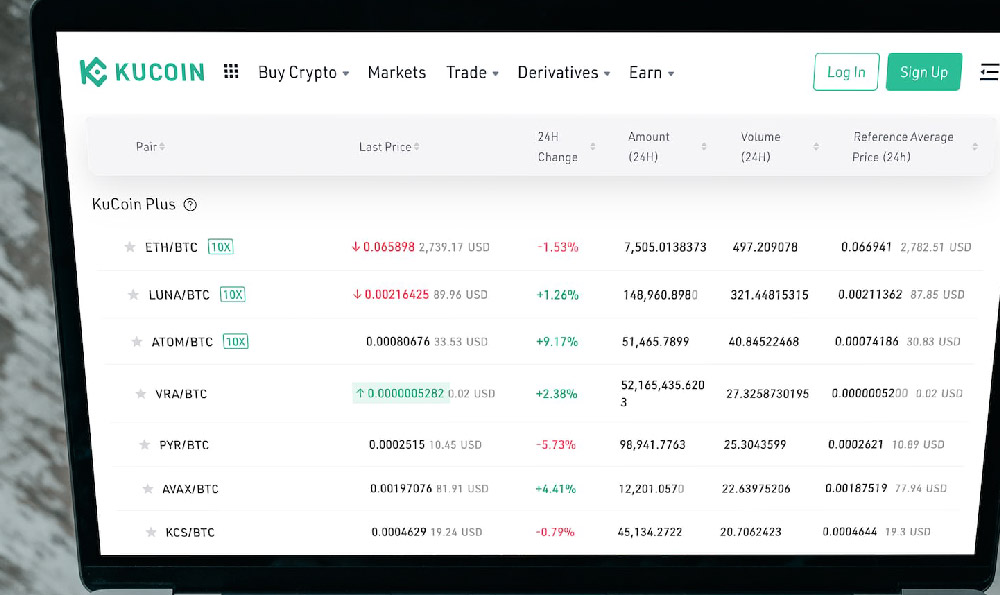United States Annual Economy Revenue
The United States, as the world's largest economy, consistently generates substantial annual economic revenue, a figure that reflects its complex and dynamic economic structure. This revenue is not merely a static number but a dynamic indicator influenced by a multitude of factors, including consumer spending, corporate investments, government policies, and global trade dynamics. Understanding the nuances of this annual revenue provides insights into the nation's economic health and its potential impact on investment opportunities worldwide. While national income statistics often focus on GDP as the primary metric, the concept of "annual economy revenue" can be interpreted through various lenses—ranging from household income levels and corporate earnings to public sector revenue streams. Each of these components contributes to the broader economic picture, shaping trends that investors must consider when formulating their strategies.
The U.S. economy's strength lies in its diversified industrial base and robust private sector, which collectively drive revenue growth. Consumer spending has long been the largest contributor to GDP, accounting for approximately 70% of the total in recent years. Factors such as population growth, disposable income, and consumer confidence play a pivotal role in this sector. In addition to consumer demand, the corporate sector's performance significantly impacts national revenue. Companies in technology, finance, and healthcare, for instance, have shown remarkable resilience and growth, contributing to record corporate earnings. The technological innovation ecosystem, fueled by venture capital investments and a skilled workforce, continues to generate substantial returns. Meanwhile, government revenue streams, while often overshadowed by private sector performance, remain critical for funding public services and stimulating economic growth through fiscal policy. Taxation, social security contributions, and fees from regulatory bodies form the backbone of this public income, influencing both domestic and international investment climates.
The composition of these revenue sources interacts with macroeconomic trends, which can either amplify or dampen economic performance. Inflation and interest rates, controlled by the Federal Reserve, influence corporate borrowing costs and consumer purchasing power. For example, when interest rates are low, businesses are more inclined to invest in expansion, boosting economic activity. Conversely, rising rates can slow down growth by increasing the cost of capital. Government spending, particularly on infrastructure and research, also plays a role in shaping economic trajectories. Initiatives such as the American Rescue Plan or recent infrastructure investments illustrate how fiscal policies can steer economic growth. Meanwhile, global events, including trade wars and geopolitical tensions, can have ripple effects on U.S. economic revenue. Tariff changes, for instance, can impact the trade balance, altering the contributions of net exports to GDP.

Looking at historical data reveals patterns that inform future projections. The U.S. economy has shown periods of sustained growth, interrupted by recessions that temporarily affected revenue streams. The Great Recession of 2008 and the more recent disruptions caused by the pandemic highlight the volatility inherent in economic systems. However, the U.S. has demonstrated resilience, often recovering more quickly than other economies due to its flexible labor market and strong financial sector. In 2023, the economy experienced modest growth, influenced by a combination of consumer demand, corporate earnings, and government stimulus measures. Analysts project further growth in the coming years, driven by technological advancements and potential shifts in global trade dynamics. Yet, challenges such as demographic changes, rising interest rates, and geopolitical uncertainties could introduce headwinds.
The regional variation within the U.S. economy further enriches the narrative. States like California and New York serve as economic powerhouses, contributing significantly to national revenue through technology, finance, and services. In contrast, states with traditional industries, such as Texas and Michigan, rely on sectors like energy and manufacturing. This regional disparity influences investment opportunities, as certain regions may offer higher returns due to their economic strengths. Additionally, the interplay between these regional economies and global markets creates a web of dependencies that investors must navigate.
Investment opportunities in the U.S. are closely tied to these economic revenue streams. Sectors that drive revenue growth often attract capital. For instance, the technology sector, given its high growth potential and innovation, has been a favorite among investors. However, investors must also consider risks associated with these revenue sources, such as market saturation or regulatory changes. A balanced approach, incorporating diversification across sectors and regions, is essential for mitigating risks while capitalizing on growth potential.
In conclusion, the United States' annual economy revenue is a multifaceted phenomenon shaped by consumer behavior, corporate performance, government policies, and global influences. Its historical resilience and diverse economic structure offer opportunities for growth, but also present challenges that require careful consideration. For investors, understanding these dynamics can provide valuable insights into market trends and potential returns, guiding decisions that align with both short-term and long-term financial goals. The continuous evolution of the U.S. economy ensures that these revenue streams remain a focal point for analysis, offering a wealth of information for those seeking to navigate the intricate world of financial markets.














